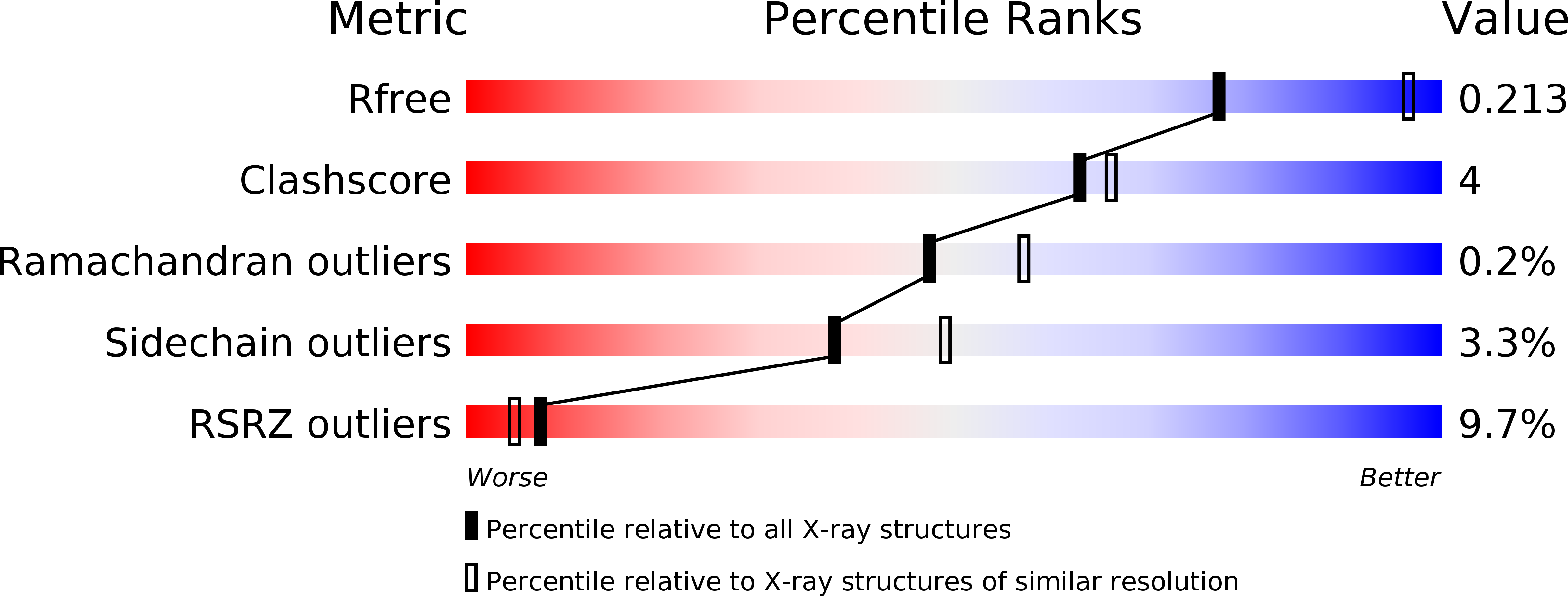
Deposition Date
2018-10-01
Release Date
2019-03-20
Last Version Date
2024-11-13
Entry Detail
PDB ID:
6HSV
Keywords:
Title:
Engineered higher-order assembly of Cholera Toxin B subunits via the addition of C-terminal parallel coiled-coiled domains
Biological Source:
Source Organism:
Vibrio cholerae (Taxon ID: 666)
Host Organism:
Method Details:
Experimental Method:
Resolution:
2.45 Å
R-Value Free:
0.21
R-Value Work:
0.19
R-Value Observed:
0.19
Space Group:
P 63


